The often grim history of the site of the new Minster Park
and live on Freeview channel 276
For years now it has been mainly referred to as “the back of the leisure centre”, even though there has been no leisure centre for almost a decade, but before that it was known as Town Park.
This exemplifies how little thought most people have given to the area. However, before there was a Sunderland there was Bishopwearmouth and what is now Minster Park was at its heart. It’s steeped in history, not all of it pleasant.
Advertisement
Hide AdAdvertisement
Hide AdIt is now a beautiful spot for a flask of tea and some thought-gathering in the better weather. But what has gone on there over the centuries has been far from idyllic. The former village green has seen it all.
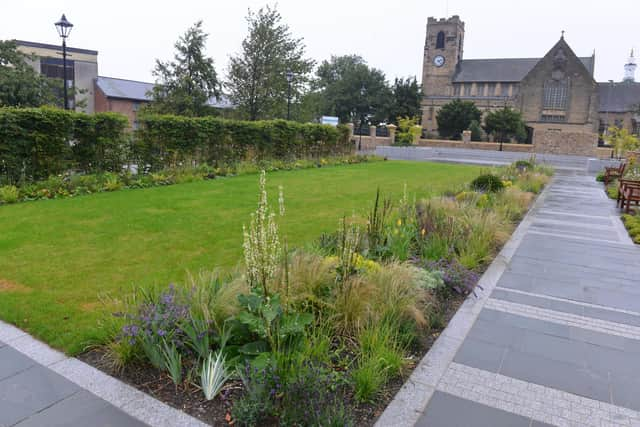

The Minster, the anti-pope and the Duke of Wellington’s brother
The most obvious landmark is Sunderland Minster itself; a Grade II* listed church, formerly St Michael and All Angels Bishopwearmouth, or Bishopwearmouth Parish Church.
It was inaugurated as Sunderland Minster on January 11, 1998 by the Bishop of Durham in recognition of Sunderland being given city status in 1992.
Advertisement
Hide AdAdvertisement
Hide AdRestoration work was carried out in the 1930s, the £35,000 bill was footed by Sir John Priestman, a church-loving shipbuilder who also built St Andrew’s in Roker in honour of his mother. The nearby university Priestman Building is named after him.
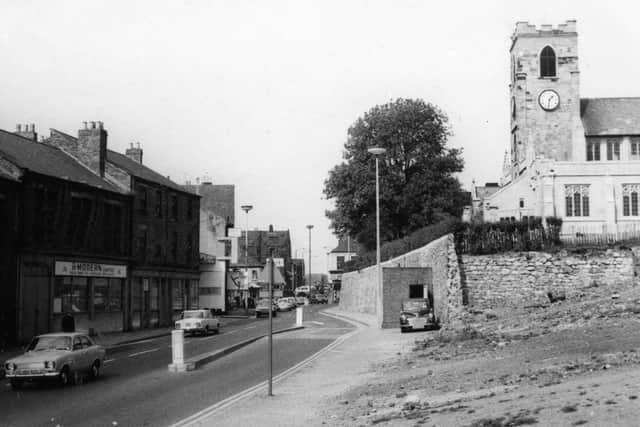

In fact much of what we see of the minster today was built in the last couple of centuries, but that is comparatively recent.
There has been a church on the site since around around 930AD when King Athelstan, whose hobbies included gardening and invading Scotland, gave “South Wearmouth”, as Bishopwearmouth was originally called, to the See of Durham.
The Rector’s Tablet records the names of every rector since 1214 and to be rector at Bishopwearmouth was often quite a cushy number bringing great financial rewards. Consequently rectors tended to come from influential families of the day.
Advertisement
Hide AdAdvertisement
Hide AdThey included in 1375 Robert Gebenens, aka Robert of Geneva, aka “antipope” Clement VII (basically in dispute with the official pope), who was given the latter title in Avignon. Like a number of Rectors of Bishopwearmouth, he never so much as clapped eyes on the place.
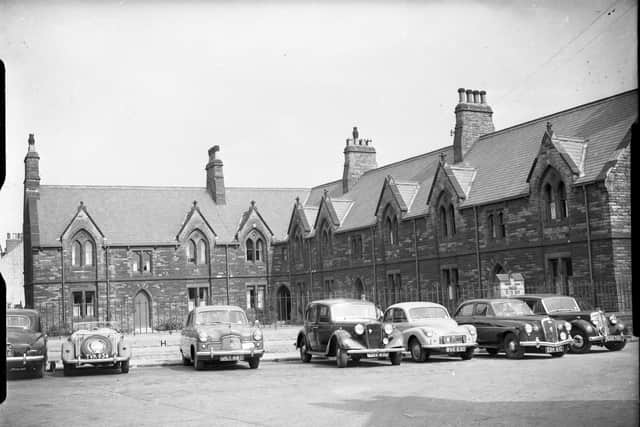

Between 1827 and 1848 Gerald Wellesley, younger brother of the Duke of Wellington, held the post. He did at least turn up occasionally.
Gruesome goings on in 1988
Walk down the steps from Minster Park to Low Row and you can see a blue plaque opposite Victors pub, informing us people buried there between 1806 and 1851, in an old churchyard in Hind Street (now the dual-carriageway behind The Greens pub), dug up and re-interred in 1988 to make way for the ring road.
Over 400 bodies were found. They were not, as is commonly thought, cholera victims, although the Sunderland Echo of April 27, 1988 says that they were believed to be victims of some other type of epidemic.
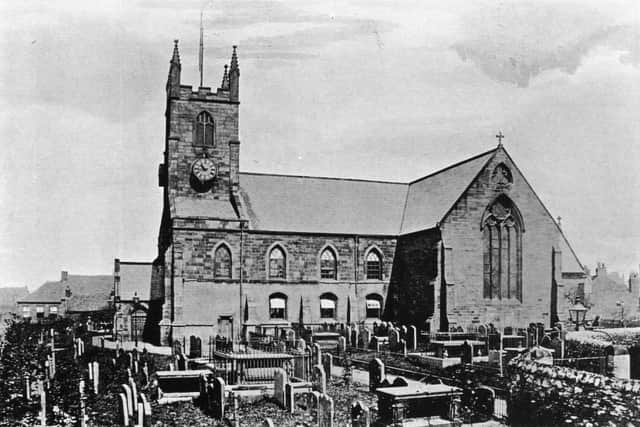

Advertisement
Hide AdAdvertisement
Hide AdReporter Heather O’Connor wrote: “Each skull and corresponding set of bones were placed carefully in hessian bags before being given new coffins and re-buried in the present Bishopwearmouth Cemetery.”
Those unfortunate souls removed are now at peace. Church records show that Sunderland’s cholera victims were all buried in the East End.
Air raid shelter and the mythical nuclear bunker
By 1923 the green was being used for allotments. But During World War Two it was dug up and an underground air raid shelter built.
Years later the site was yet again dug up and the shelter uncovered which led to persistent rumours that a nuclear bunker lay beneath.
Advertisement
Hide AdAdvertisement
Hide AdBefore the internet, pubs and school play-yards were the most fertile grounds for completely unsubstantiated rumours.
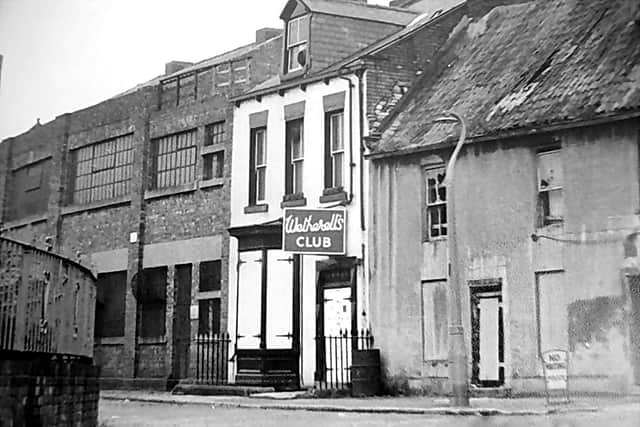

The story went that the bunker existed to preserve those who would be most essential to post thermo-nuclear life – town councillors. We await the evidence.
Bishopwearmouth Village Green
Another blue plaque tells us that the adjacent Bishopwearmouth Village Green was a haven for “traditional leisure pursuits including climbing a greasy pole and bull-baiting, last recorded in 1788”.
This was “baiting” as in “provoking” – a bull would be tethered to an iron ring, thereby removing most of the sporting element, before having its nose blown full of pepper. One or sometimes two dogs then set about the bull. These dogs were especially bred and trained, hence the name “bulldogs.”
Advertisement
Hide AdAdvertisement
Hide AdClimbing the greasy pole also lent itself to an expression used today to describe promotion-seeking in the workplace, known as, er, “climbing the greasy pole”. Bishopwearmouth Village Green was known at the time as the Bull Ring.
The practice of bull-baiting seems abhorrent to the modern reader.
Wearsiders of the day had convinced themselves that the meat from bulls killed in this fashion tasted better – and as with many bloodthirsty pastimes of centuries past, historians have made the “no telly” argument in defence of people’s enjoyment of the cruel event.
Englebert and Tom play Wetherell’s
A few yards from Minster Park, in the apparently swinging 60s, approximately where the entrance to Debenham’s car park is now, stood a converted building which had become Wetherell’s nightclub.
Advertisement
Hide AdAdvertisement
Hide AdIt was opened in 1961 by the Bailey Organisation and named after a family who had run a school of dancing there for more than a century.
Performers who became huge stars performed in Wetherell’s. They included the likes of Tom Jones, Gerry and the Pacemakers and Gerry Dorsey.
Dorsey played the venue on January 1, 1966 supporting Dickie Arnold and Dottie. A few months later the singer changed from Gerry Dorsey to the preposterous moniker of Engelbert Humperdinck and became a superstar. In 1967 he was rivalling the Beatles in the singles charts.
The building was struck by fire in 1974. Not groovy.
Almshouses
Almshouses were first founded there in 1721 by Jane Gibson, widow of a wealthy local merchant. They were “erected and endowed for the maintenance of 12 poor men or women”.
Advertisement
Hide AdAdvertisement
Hide AdThey were rebuilt in 1862 by the Mowbray family, creating the beautiful Mowbray Almshouses we see today, with their Gothic dormer windows. They were built in an L-shape where Church Lane joined Little Gate (now the back of Vesta Tilley’s pub).
Apart from the Minster, they give the only suggestion of what the area looked like in the 19th Century. The original Almshouses were removed to make way for roads.
By 1826 the village contained more spacious houses built by industrialists. By the mid-19th. Bishopwearmouth was no longer a village, part of the borough of Sunderland which was chartered in 1835. By happenstance, it effectively became a housing estate.
At this point there wasn’t much greenery on Bishopwearmouth Village Green.
Advertisement
Hide AdAdvertisement
Hide AdBut grass was seen again when demolition was complete by the 1970s, making way for Crowtree Leisure Centre to open in 1977, a building which at the time seemed like a work of science-fiction.
Romanun in Low Row-eum?
A chance discovery in the 1900s of a paved road four metres below ground level during the rebuilding of the Hat and Feathers pub, now The Greens, together with the discovery of part of a medieval quern (a hand mill for grinding grain), led to speculation that Low Low might have been a Roman road.
A 2018 Sunderland City Council document doubts this, dryly asserting “there is no direct archaeological or photographic evidence to explain its (the story’s) provenance.”
Another story tells of a Roman mosaic being uncovered below a bicycle shop – then covered with dolomite, but that isnt entirely convincing either.
Today…
Advertisement
Hide AdAdvertisement
Hide AdIf you haven’t seen the new Minster Park it is suggested that you take a leisurely stroll there.
With events involving anti-popes, Engelbert Humperdinck, Romans (perhaps), bear-baiting, corpse-finding and all the rest of it, all within metres of where you’re sipping your Earl Grey, Minster Park gives us much to contemplate.
*Our thanks to Philip Curtis of the Sunderland Antiquarian Society for his help with this article.